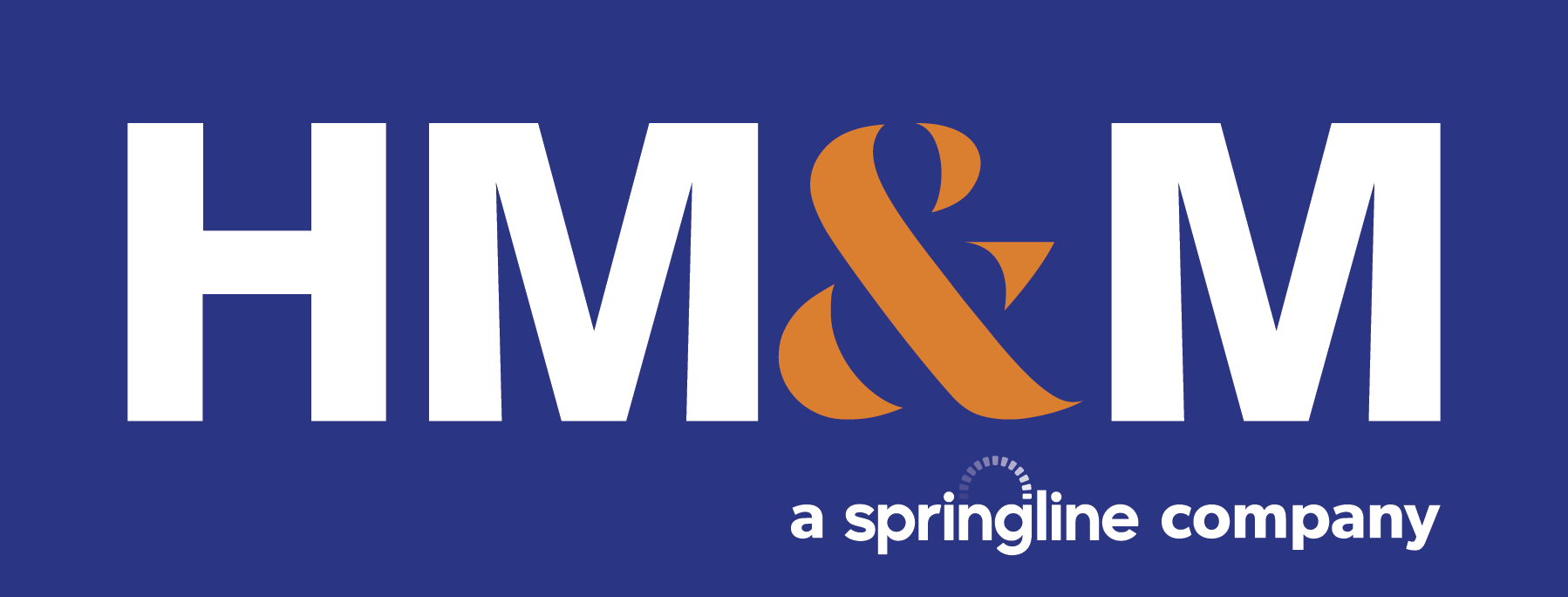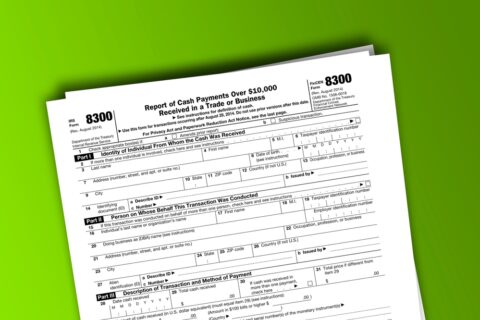Giving to charity can provide not only large tax deductions to help you do well financially (as long as you itemize deductions) but also the satisfaction of doing good. On top of that, it’s one of the most flexible tax planning tools because you can control the timing, manner and amount of your donations to meet your needs.
Cash donations
Outright gifts of cash (which include donations made via check, credit card and payroll deduction) are the easiest to make. The substantiation requirements depend on the gift’s value:
* Gifts under $250 can be supported by a canceled check, credit card receipt or written communication from the charity.
* Gifts of $250 or more must be substantiated by the charity.
Deductions for cash gifts to public charities normally can’t exceed 60% of your adjusted gross income (AGI), which is a significant drop from 2021. The AGI limit remains at 30% for cash donations to non-operating private foundations. Contributions exceeding the applicable AGI limit can be carried forward for up to five years.
Warning: Charitable contribution deductions are allowed for alternative minimum tax (AMT) purposes, but your tax savings may be less if you’re subject to the AMT. For example, if you’re in the 37% tax bracket for regular income tax purposes, but the 28% tax bracket for AMT purposes, your deduction may be worth only 28% instead of 37%.
Stock donations
Appreciated publicly traded securities you’ve held more than one year are long-term capital gains property, which often makes one of the best charitable gifts. Why? You can deduct the current fair market value and avoid the capital gains tax you’d pay if you sold the property. This will be especially beneficial to taxpayers facing the 3.8% NIIT or the top 20% long-term capital gains rate this year.
Donations of long-term capital gains property are subject to tighter deduction limits, however: 30% of AGI for gifts to public charities and 20% for gifts to non-operating private foundations.
Don’t donate stock that’s worth less than your basis. Instead, sell the stock so you can deduct the loss and then donate the cash proceeds to charity.
IRA donations
Taxpayers age 70½ or older are allowed to make direct contributions from their IRA to qualified charitable organizations, up to $100,000 per tax year. Note that the age for these qualified charitable distributions (QCDs) hasn’t changed even though the SECURE Act increased the age after which required minimum distributions (RMDs) generally must begin from 70½ to 72.
A charitable deduction can’t be claimed for QCDs. But QCDs aren’t included in taxable income and can be used to satisfy an IRA owner’s RMD.
A QCD might be tax-smart if you won’t benefit from the charitable deduction, or you face AGI-based limits. To be a QCD, the transfer must be made by the IRA trustee directly to an eligible charity.
Making gifts over time
if you don’t know which charities you want to benefit but you’d like to start making large contributions now, consider a private foundation. It offers you significant control over how your donations ultimately will be used.
You must comply with complex rules, however, which can make foundations expensive to run. Also, the AGI limits for deductibility of contributions to nonoperating foundations are lower. (See “Cash donations” and “Stock donations.”)
If you’d like to influence how your donations are spent but avoid a foundation’s downsides, consider a donor-advised fund (DAF). Many larger public charities and investment firms offer them. Warning: To deduct your DAF contribution, obtain a written acknowledgment from the sponsoring organization that it has exclusive legal control over the assets contributed.
Do not hesitate to reach out to your HM&M advisor with any questions relating to charitable giving you may be contemplating by year end.
Latest News
On June 9, the IRS released Announcement 2022-13, which modifies Notice 2022-3, by revising the optional standard mileage ...
At the tail end of 2021, the Internal Revenue Service (IRS) released new Schedules K-2 and K-3 effective ...
This information is current as of Sunday, November 21, 2021. On Friday, November 19, 2021, after the Congressional ...
HM&M Updates
DALLAS, Dec. 11, 2024 – Springline Advisory, a trailblazing financial and business advisory firm, is proud to announce its partnership ...
Last month, Senior Manager, Pearl Balsara was invited to speak at the 2023 FPA DFW Annual Conference in ...
We are pleased to announce the winners of the 2022 HM&M Excellence Awards. Ronna Beemer, Keith Phillips, and ...










